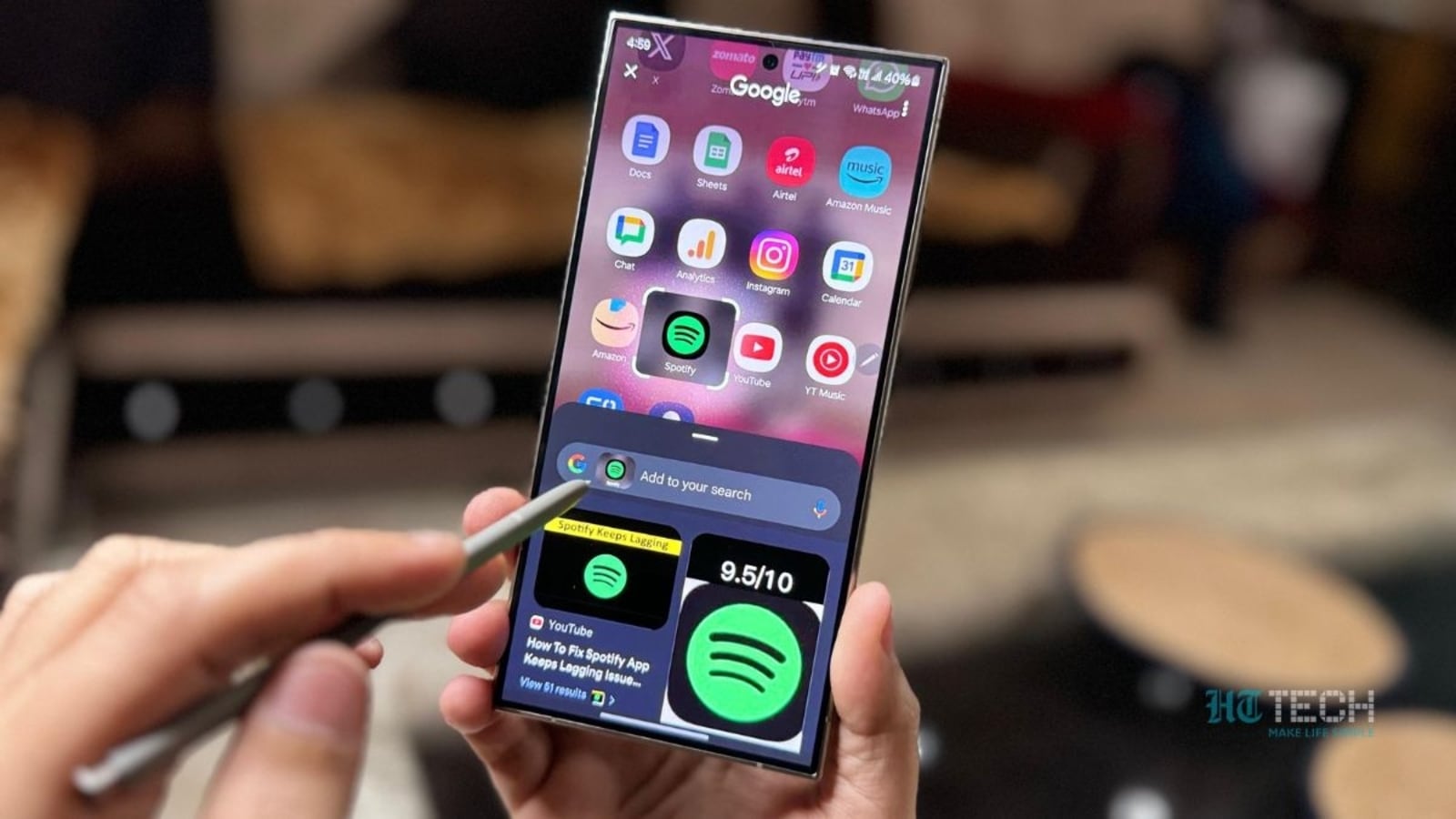Generative AI has emerged as a transformative force across numerous sectors, including the automobile industry, where its influence is on the rise. With applications from manufacturing advancements to enhanced automation, passenger well-being, and safety, generative AI can revolutionize various aspects of the automotive landscape.
This article discusses the various applications of Generative AI for current and future cars.
Autonomous Vehicles (AVs)
By harnessing the power of Generative AI, we can generate images and videos that serve as building blocks for virtual environments and realistic simulations. This allows autonomous vehicles (AVs) to learn and adapt within controlled settings.
Moreover, AVs require a large amount of reliable sensor data for training, and using generative AI models, synthetic data that is representative of real-world situations can be generated, thereby eliminating the need for costly and time-consuming field tests. Additionally, by generating vast amounts of data, Generative AI can be useful in creating practical algorithms that can be used to train decision-making models.
User Personalization
Generative AI models have the ability to anticipate user preferences. One example is a machine learning algorithm that can predict preferred routes, personalize online marketplaces, and offer service recommendations based on a given route, all without requiring manual input. Moreover, this technology can automatically adapt to users’ dashboard preferences, with frequently used features becoming more prominently displayed on navigation panels.
Additionally, one of the most exciting future applications lies in in-car personal assistants powered by generative AI. One can think of them as Siri on Hyperdrive—intelligent personal assistants with conversational abilities and comprehensive support.
Marketing
Generative models are revolutionizing customer engagement in marketing and advertising, yielding more impactful outcomes. Take Jasper, a powerful Generative AI tool built on GPT-3. It effortlessly generates sales emails, blogs, social media posts, and other customer-centric marketing content. Meanwhile, image generation models like DALL-E 2 are gaining popularity in the advertising domain.
This transformative technology presents a promising solution for car companies that have traditionally struggled to derive tangible results from their marketing budgets. With Generative AI, these companies can better track and optimize their marketing investments, ensuring a more efficient and effective allocation of resources.
Product Development
With the automobile industry investing over $1 billion in product development spanning several years, Generative AI presents a cost-saving opportunity by minimizing the time gap between design, development, and delivery stages. This is made possible through its capabilities in data synthesis, analysis, pattern detection, and predicting outcomes.
Predictive Car Maintenance
Generative AI working in tandem with IoT can deliver predictive maintenance. As the number of cars integrated with IoT systems continues to rise, the sensors embedded within the vehicles can provide real-time information about their conditions. Leveraging Generative AI, these vast datasets can be analyzed to detect anomalies and make informed decisions on whether maintenance is required for the vehicle.
Mercedes-Benz
Mercedes has introduced the GPT model into 900K cars as part of a beta program. This model can be accessed through the company’s Voice Assistant, allowing drivers to inquire about their destination and seek suggestions for new dinner recipes or answers to complex questions.
BMW
BMW incorporates generative AI into its design process, leveraging an AI model that considers precise design specifications such as weight optimization, connection points, and load capacity. The model generates a wide range of design alternatives, yielding innovative, efficient, and visually appealing vehicle parts that meet the design criteria. This approach significantly reduces the time required to develop new design proposals while ensuring the fulfillment of design requirements.
Toyota
The Toyota Research Institute (TRI) has introduced an innovative Generative AI technique to enhance vehicle designers’ capabilities. By leveraging publicly available text-to-image generative AI tools, designers can incorporate initial design sketches and engineering constraints into their creative process. This new technique significantly reduces the iterations required to harmonize design and engineering considerations, offering a more efficient workflow for designers.
Tesla
Generative AI plays a vital role in enhancing Advanced Driver Assistance Systems (ADAS). Tesla’s autopilot system, powered by AI, utilizes Generative AI models to comprehend and gain insights from a wide range of driving scenarios, thereby continuously improving its capabilities.
Haomo.ai
Haomo, a Chinese startup, has recently unveiled DriveGPT, an autonomous driving support platform that harnesses the power of a Generative Large Language Model (LLM). This platform integrates reinforcement learning from human feedback (RLHF) with real-world manual driving data to augment the cognitive decision-making abilities in autonomous driving systems.
Waymo
Waymo uses generative models to generate thousands of distinct scenarios, mirroring a wide array of real-world conditions, to train their self-driving algorithms. By employing AI to create these scenarios, Waymo can expose its autonomous systems to diverse driving situations, resulting in enhanced safety and improved resilience.
Don’t forget to join our 25k+ ML SubReddit, Discord Channel, Twitter, and Email Newsletter, where we share the latest AI research news, cool AI projects, and more. If you have any questions regarding the above article or if we missed anything, feel free to email us at Asif@marktechpost.com
References:
I am a Civil Engineering Graduate (2022) from Jamia Millia Islamia, New Delhi, and I have a keen interest in Data Science, especially Neural Networks and their application in various areas.









